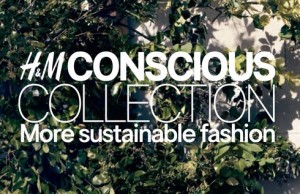So here it is, the very last passion blog of them all. In the past two semesters, I’ve covered almost every imaginable environmental topic worth talking about, and even some that I probably could have foregone discussing. In order to finish up this blog, I’m going to talk about the very thing that might have gotten me interested in the environment as a young kid. This book, The Lorax, by Dr. Seuss, is the quintessential environmental tale tailored to a young audience with its colorful pictures and Seuss-esque rhymes.
For those of you who haven’t read The Lorax, (shame on you) I’ll give a brief summery… At the beginning, there’s an unnamed narrator who describes a mysterious “Once-ler.” The Once-ler lives amongst a desolate landscape with no trees or fresh air, and is very bitter about it. The narrator hands the story over to the Once-ler, who then goes on to describe a time when his landscape was beautiful and filled with Truffula trees. As it turns out, the Once-ler was the one responsible for screwing up the land to support his business ventures. At one point, he describes the character for which the book is named, the Lorax, who “speaks for the trees,” and talks about how the Lorax accused the Once-ler of ruining the ecosystem with his “biggering and biggering” of a factory. Eventually, the Lorax “lifts himself by the seat of his pants” and flies off into the distance to escape the terrible, ruined earth that the Once-ler has created. The story culminates years later, with the Once-ler being entirely regretful about how he treated the land, and encouraging future generations to do better. At the end, he hands the narrator the very last Truffula Tree seed of them all, telling him to grow it and protect it from any harm, with the hope that maybe one day the ecosystem will be saved and Lorax and all of his friends will come back.
So, while The Lorax may give off the impression of being a whimsical children’s book, it clearly carries a pretty weighty message about conservation and the interactions between capitalism and the environment. Reading the text as a college student, it’s easy to draw obvious parallels between the Thneed factory in the story and the large industries that have come to dominate the global economy and pollute the world, and the capitalist ideals that Americans fully internalize. The idea of “biggering and biggering and biggering” is something that we’re very familiar with, and just like the in the story, this attitude is unsustainable and will ultimately result in mass environmental degradation if we don’t do something to curb it.
My favorite part of the story, and what makes its message so applicable and universal is what the Lorax inscribes on a log before he flies off into the sunset. The word UNLESS. Out of context, it could mean anything. However, the Once-ler explains that the meaning of the Lorax’s UNLESS is, “UNLESS someone like you cares a whole awful lot, nothing is going to get better, it’s not.” This message speaks to the idea that in order to affect positive change in anything (not just the environmental movement) somebody has got to take it upon themselves to actively strive to make things better, or nothing will change. This is a message that I believe everyone our age should internalize, complements of the Lorax.


























